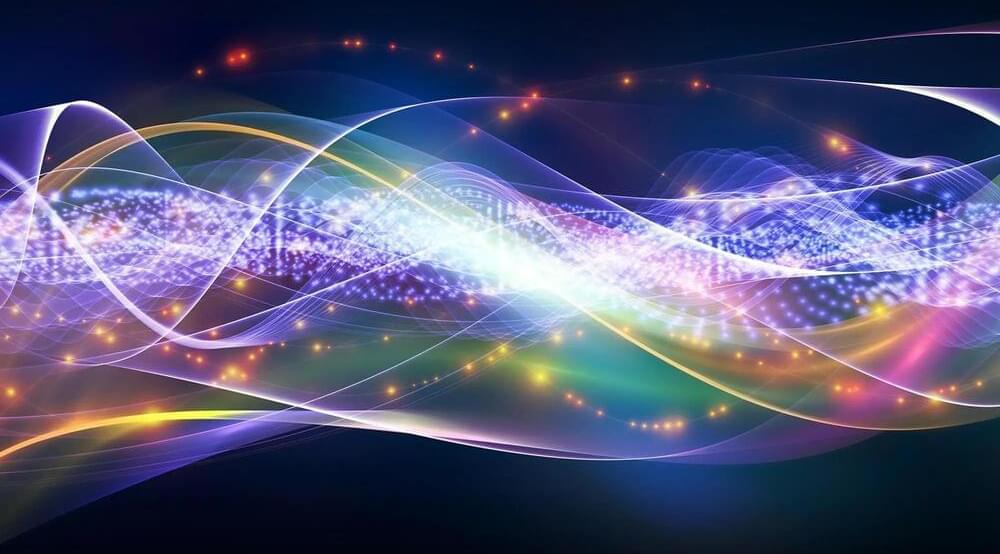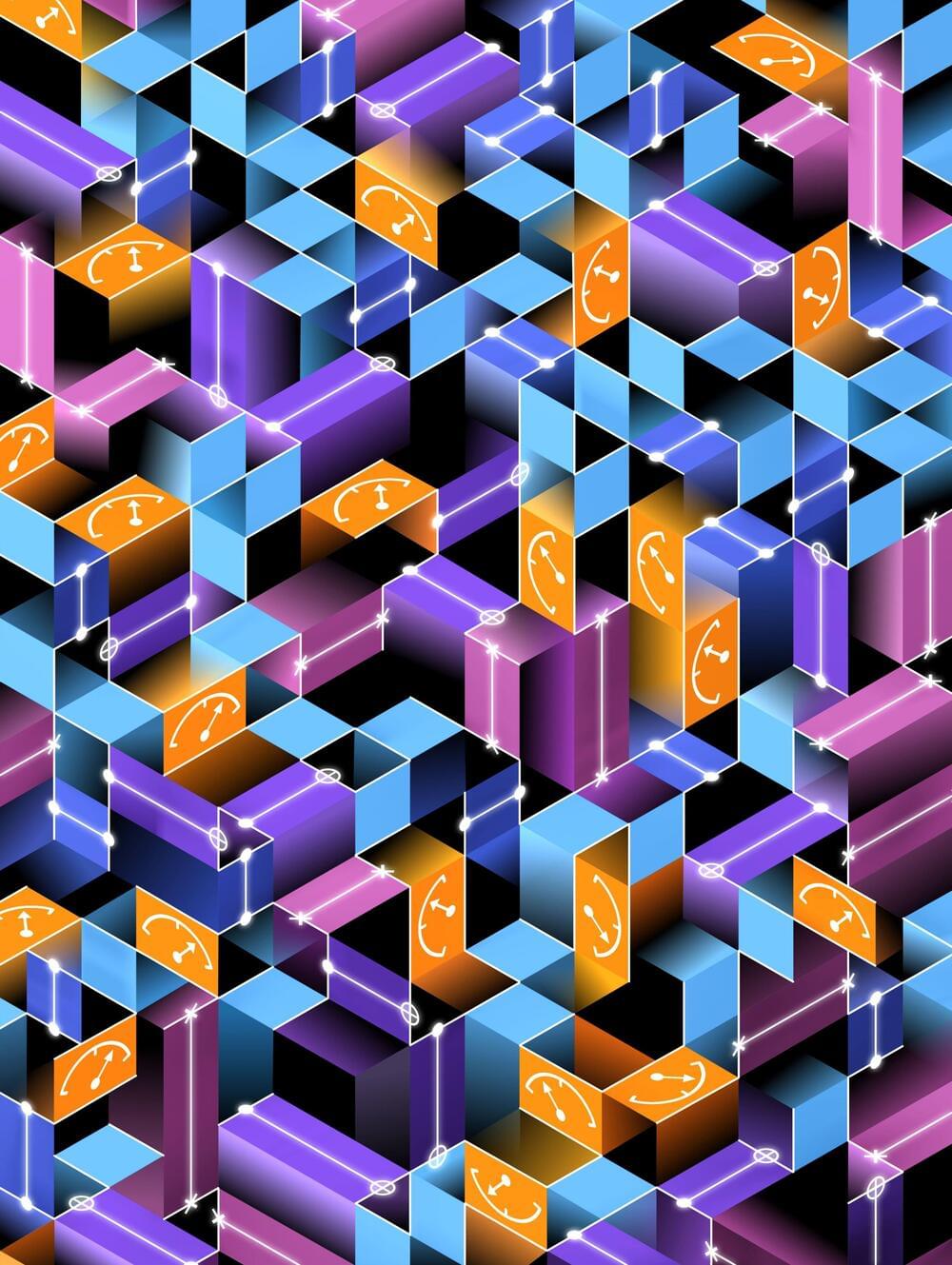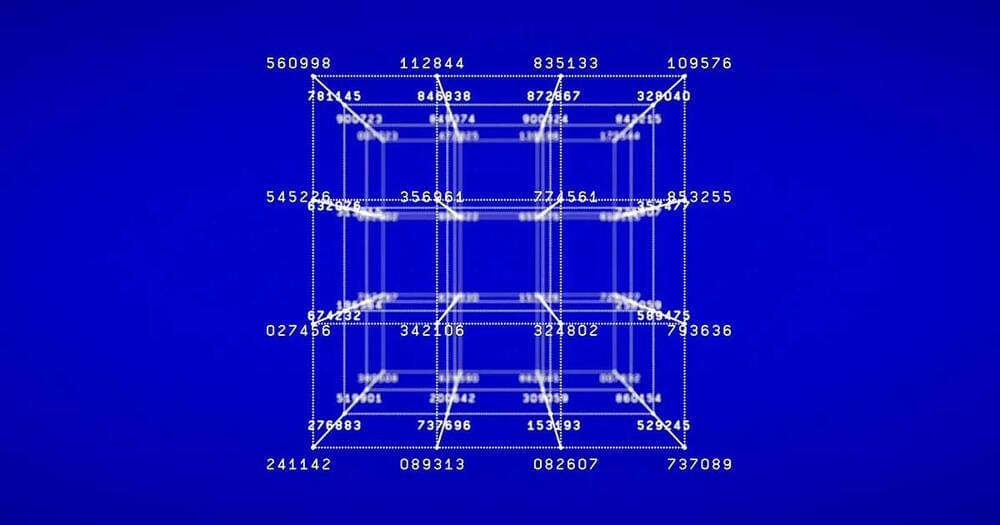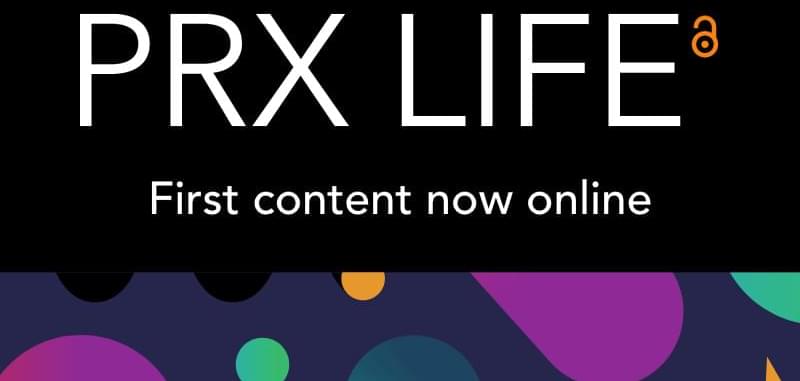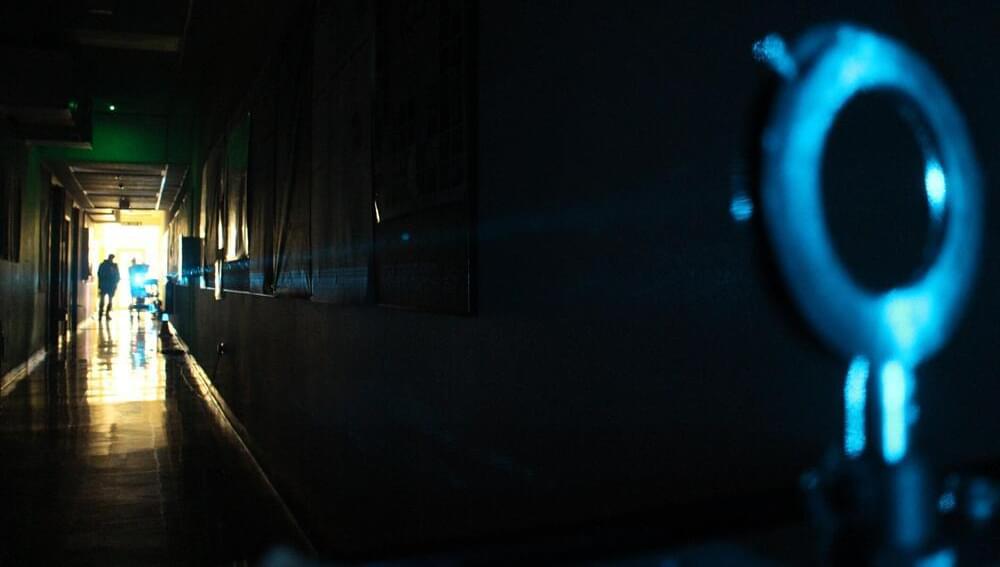Quantum mechanics (QM) is derived based on a universe composed solely of events, for example, outcomes of observables. Such an event universe is represented by a dendrogram (a finite tree) and in the limit of infinitely many events by the p-adic tree. The trees are endowed with an ultrametric expressing hierarchical relationships between events. All events are coupled through the tree structure. Such a holistic picture of event-processes was formalized within the Dendrographic Hologram Theory (DHT). The present paper is devoted to the emergence of QM from DHT. We used the generalization of the QM-emergence scheme developed by Smolin. Following this scheme, we did not quantize events but rather the differences between them and through analytic derivation arrived at Bohmian mechanics.

